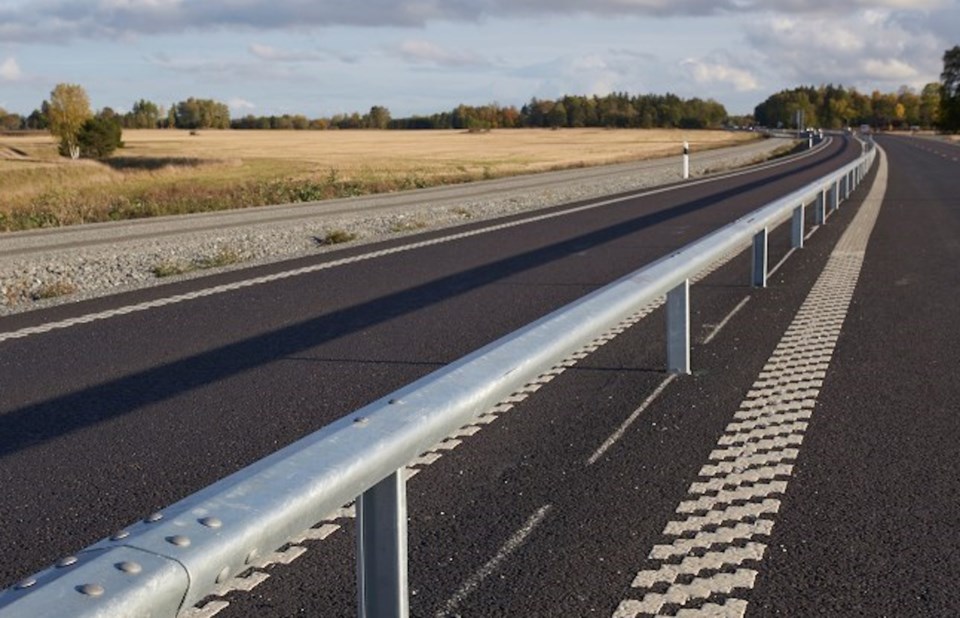The Northern Ontario Leaders' Debate will be held on Valentine’s Day in North Bay. Here are five things the party leaders should bring on this date with Northern Ontario voters.
More immigrants. The federal Rural and Northern Immigration Pilot (RNIP) brought over 4,000 newcomers to our communities over the last five years. During that same time, the Ontario Provincial Nominee Program (OINP) brought 800. The Northern chambers of commerce, with the support of municipalities in every region of the North, have called for an immediate set-aside of 3,000 spots annually in the OINP for Northern communities. This is an easy one, especially as it will cost nothing. The program, the staff, and the funds are already in place. As Nike has been telling us since the 1980s, just do it.
More housing funding, faster. The Building Faster Fund set aside $40 million a year for rural and Northern communities. Great, let’s get that money out the door (it also wouldn’t hurt to increase the total amount available). We need to act before the housing shortage in Northern communities becomes a crisis like that in southern Ontario. Yes, housing in Northern Ontario is more expensive and scarcer than it was a few years ago, but the data is clear: we still have housing available, and at a lower cost, than urban centres in southern Ontario. Building more houses, faster, in Northern Ontario can ease the housing pressure elsewhere. Yes, provincial leaders, you should help us help you.
No more twinned highways. There are between 1.5 million and 2.5 million reasons not to twin any more highways in Northern Ontario. That’s the money we can potentially save, per kilometre, by expanding an existing highway to a 2+1 configuration instead of twinning it. The math is pretty simple: three lanes instead of four, one roadbed instead of two. It has been estimated that the cost of twinning an existing two-lane highway is about $3 million per kilometre. Turning that same road into a 2+1 configuration could cost between $500,000 and $1.5 million per kilometre (depending on swamps, hills, and other terrain). So, we could cover twice the distance and, in most cases, do it for half the cost. If we want east-west trade to increase, we need better, safer roads, and we need them fast. Two-plus-one gives us all the safety and capacity we need, for less.
Pilots if necessary but not necessarily pilots. Smart party leaders will know that we already have pilot projects for 2+1 highways and community-led immigration. I am a big fan of piloting untested concepts or concepts that have not been proven in conditions quite like ours. But that isn’t the case here. The federal government has proven that community-driven immigration can work in Northern Ontario. The OINP team has demonstrated they can effectively manage a set-aside (they just completed a pilot in southern Ontario). No more testing is required.
Similarly, 2+1 highways have been tested and proven in climates and geographies that look exactly like ours. Harsh, rural, and sparsely populated. Do we really need to spend another 10 to 15 years examining a tiny stretch of our own highway system to relearn what the Finns, Swedes, Germans, Irish and Australians already know? Especially considering we need a better, safer, more capable highway system right now. A system able to respond to the urgent need to increase east-west trade.
Ontario’s 2+1 pilot was announced in 2021, the design contract was let in 2023, design should be finished this year (or next), construction could begin within two years (or so) of that. In total, within 10 to 14 years of the pilot approval we could have up to 14 kilometres of 2+1 highway. Yes, just 14 kilometres, or less, in 10 years. We don’t have the luxury of that kind of time. We could act now and require every future upgrade or replacement project to be 2+1 by default. We could move even quicker than that. We are, after all, talking about Trans-Canada 2.0. Ontario does not have to pay the marginal costs alone. Canada needs this upgrade as much, or possibly more, than we do.
Expansion of our remote airports. Winter roads are less and less reliable. Housing and food costs continue to spiral out of control. The Northern Ontario Transportation Task Force offered multiple recommendations to address this challenge. A key one being to extend every remote runway where that was physically possible and where the community was supportive. Longer runways allow for larger planes, more reliable service, and lower costs. Longer runways should be paired with better air navigation aids, improved aircraft maintenance capacity, and larger ground facilities for cargo and people.
Five great gifts to win the hearts of Northern voters. Let’s see who comes through for us this Valentine’s Day.
Charles Cirtwill is president and CEO of Northern Policy Institute, an independent evidence-driven think tank committed to a growing and prosperous Northern Ontario.




